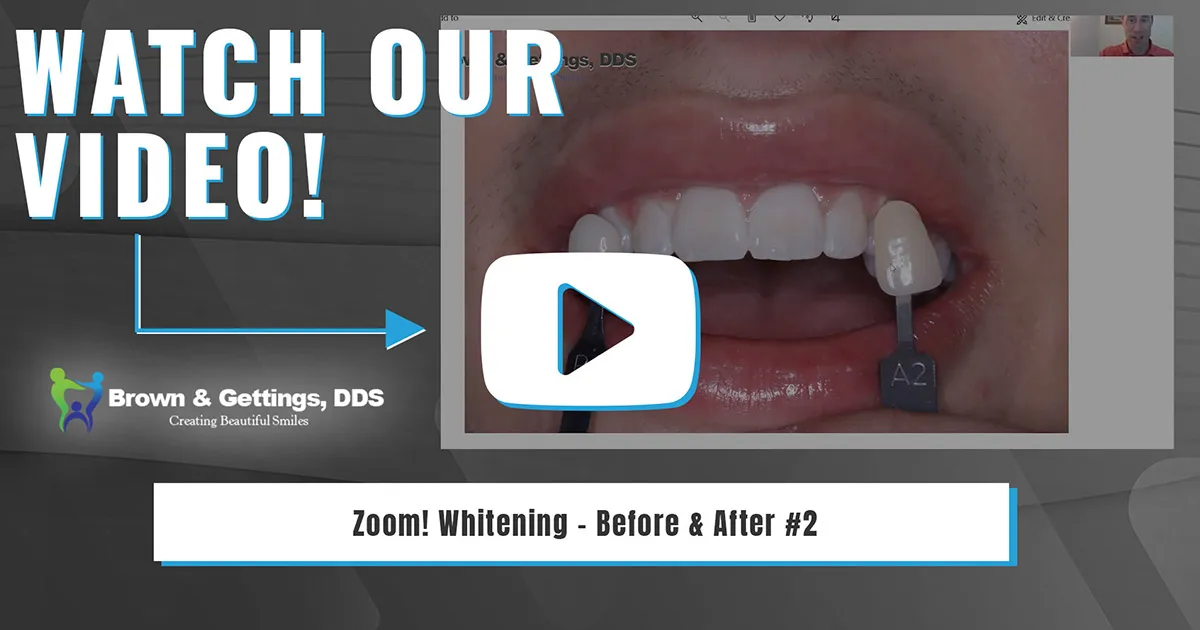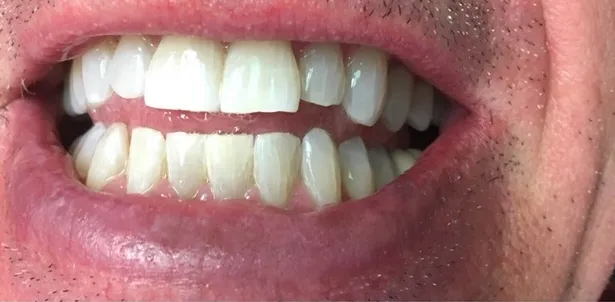What is Zoom Whitening?
Zoom whitening is a popular and effective in-office teeth whitening procedure. It utilizes a professional-strength bleaching gel, typically containing hydrogen peroxide, which is applied to the teeth. A special Zoom light is then used to accelerate the bleaching process. This combination helps to break down stains and discoloration on the enamel, resulting in a brighter, whiter smile in a relatively short amount of time. The process is usually completed in about an hour, making it a convenient option for many individuals seeking immediate results. The procedure is performed by a trained dental professional, ensuring safe and controlled application of the whitening agents and minimizing the risk of potential side effects. The procedure has become a go-to option for those seeking a quick and significant improvement in their smile’s appearance. Before undergoing Zoom whitening, it is crucial to have a consultation with a dentist to determine its suitability based on individual dental health and needs.
How Zoom Whitening Works
The Zoom whitening process involves several key steps designed to maximize the whitening effect while ensuring patient comfort. First, the dentist will conduct a thorough examination of your teeth and gums to ensure you are a suitable candidate for the procedure. A protective barrier is then applied to the gums and lips to shield them from the bleaching agent. The Zoom whitening gel is carefully applied to the surface of the teeth. Next, a special Zoom light is directed at the teeth, activating the hydrogen peroxide in the gel. The light helps to accelerate the breakdown of stains and discoloration. The gel is typically left on the teeth for a few 15-minute intervals, with the process repeated to achieve the desired level of whitening. After the procedure, the dentist will remove the gel and provide aftercare instructions. These instructions often include recommendations for avoiding staining foods and drinks for a period following the treatment, as well as advice on maintaining the results through proper oral hygiene.
Is Zoom Whitening Safe During Pregnancy?

The safety of Zoom whitening during pregnancy is a topic of concern and discussion. While the procedure itself is generally considered safe for non-pregnant individuals, the potential risks associated with it during pregnancy require careful consideration. The primary concern stems from the use of hydrogen peroxide, the active ingredient in the whitening gel. Although the amount of hydrogen peroxide used is relatively small, there is a theoretical risk that it could be absorbed into the bloodstream. There is limited research on the effects of hydrogen peroxide on developing fetuses. Consequently, most dentists and medical professionals advise against teeth whitening procedures, including Zoom whitening, during pregnancy. This is primarily to err on the side of caution and to avoid any potential risks to the mother and the unborn child. The focus is always on prioritizing the health and safety of both the mother and the baby during this crucial period.
Potential Risks of Zoom Whitening During Pregnancy
Although the risk is considered low, there are potential risks associated with Zoom whitening during pregnancy. One of the main concerns is the theoretical risk of hydrogen peroxide absorption. While the exact impact on the developing fetus is not fully understood, there is a possibility of adverse effects. Other potential risks include increased teeth sensitivity and gum irritation, which can be exacerbated during pregnancy due to hormonal changes. Furthermore, the discomfort associated with the procedure, such as the need to sit still for an extended period, could be a concern for some pregnant women. There is also the possibility of allergic reactions to the whitening gel or other materials used during the procedure. Therefore, it’s essential to weigh the potential risks against the benefits and make informed decisions in consultation with a dentist and, if needed, an obstetrician.
Sensitivity and Gum Irritation
Sensitivity and gum irritation are common side effects of Zoom whitening, regardless of pregnancy status. However, during pregnancy, these effects can be more pronounced due to hormonal changes. The bleaching agents can cause temporary tooth sensitivity, making teeth more susceptible to temperature changes. Additionally, the gums may become inflamed or irritated due to the chemical components of the whitening gel. These sensitivities and irritations can lead to discomfort, which might be more challenging to manage during pregnancy. To minimize these effects, dentists often recommend using desensitizing toothpaste before and after the procedure. Also, they may adjust the concentration of the bleaching agent or the duration of the treatment. Pregnant women should be especially mindful of any signs of discomfort and communicate these to their dentist immediately.
Other Potential Side Effects

Apart from sensitivity and gum irritation, other potential side effects of Zoom whitening include slight throat irritation and, in rare cases, allergic reactions. Throat irritation might occur due to the fumes released during the whitening process, especially if the procedure is prolonged. Allergic reactions can manifest as skin rashes or other symptoms. Pregnant women are advised to inform their dentist of any allergies they have prior to the procedure. This allows the dentist to take necessary precautions and select alternative materials if needed. If any adverse symptoms develop during or after the procedure, it is important to report them to the dentist without delay. The dentist can then provide appropriate medical assistance and guidance on managing the symptoms.
Alternatives to Zoom Whitening While Pregnant
There are several safe and effective alternatives to Zoom whitening for women during pregnancy. The primary focus should be on maintaining good oral hygiene and exploring options that pose minimal risk to the developing baby. These alternatives help ensure the overall health and safety of the mother and the child. Before making any decisions, it is always best to consult with a dentist to determine the most suitable options based on individual circumstances and dental health needs.
Professional Teeth Cleaning
Regular professional teeth cleaning is a safe and recommended option for maintaining oral hygiene during pregnancy. Professional cleaning can effectively remove surface stains and plaque, which can improve the overall appearance of teeth. This method doesn’t involve the use of strong chemicals or bleaching agents, making it a low-risk option. Your dental hygienist can gently polish your teeth, removing external stains caused by coffee, tea, or other dietary habits. It is a proactive measure that supports dental health without the potential risks associated with teeth whitening procedures. Dentists often recommend professional cleanings every six months, though they may advise more frequent visits during pregnancy to address potential changes in oral health. Professional teeth cleaning can contribute significantly to a brighter and healthier smile.
At-Home Whitening Options

While some at-home whitening products are available, it’s crucial to choose those with low concentrations of active ingredients and always consult with a dentist before use. Options like whitening toothpaste or mouthwashes can help to remove surface stains and maintain teeth brightness. Whitening strips may be considered, but it’s imperative to verify the product’s safety and ingredients with your dentist. Avoid products containing high concentrations of hydrogen peroxide or other strong bleaching agents. The goal is to use methods that are effective yet gentle, to protect the health of both the mother and the baby. Be sure to follow all instructions carefully and stop using any product if you experience any adverse effects.
When to Consider Zoom Whitening After Pregnancy
Once the pregnancy is over and you are no longer breastfeeding, you can safely consider Zoom whitening or other teeth whitening procedures. The waiting period ensures that any potential risks associated with the procedure will not affect the baby’s health. After delivery, women often prioritize self-care and may want to improve their appearance. Zoom whitening can be an effective option to restore the natural brightness of the teeth. Before proceeding with the whitening treatment, it is essential to consult with your dentist to ensure it’s safe for you and to discuss any other relevant health considerations. The timing is usually a personal decision, based on your individual needs and circumstances, made in consultation with your dental and healthcare professionals.
Consulting Your Dentist
Before making any decisions about teeth whitening, it is essential to consult with your dentist. They can evaluate your overall oral health, assess your teeth for suitability, and discuss potential risks and benefits based on your individual health situation. Your dentist can also provide personalized recommendations, tailored to your needs. They will be able to guide you through the alternatives and help you make an informed decision. Always provide your dentist with a complete medical history, including pregnancy, any health conditions, and any medications you are taking. This will enable them to provide the best possible advice and ensure your safety. Maintaining open communication with your dentist is essential to ensure your smile and overall health remain in optimal condition during pregnancy and beyond.
